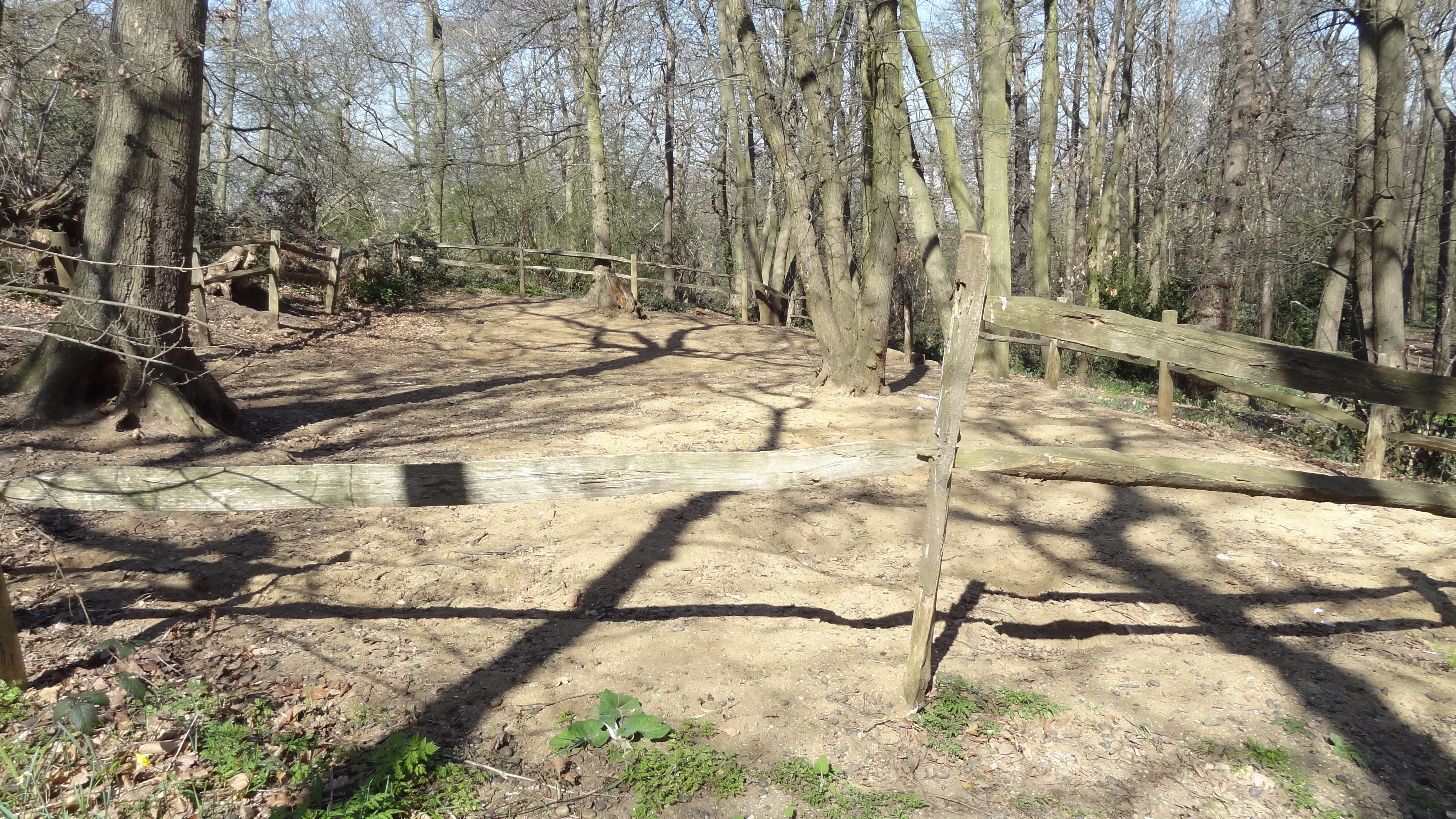Abbey Wood SSSI on:
[Wikipedia]
[Google]
[Amazon]
 Abbey Wood is a geological
Abbey Wood is a geological
and early EoceneGeological Conservation Review, Volume 16: Fossil Fishes of Great Britain, Chapter 14: British Cenozoic fossil fishes sites, Site: ABBEY WOOD (GCR ID: 2903), 1980-2007
/ref> 50 to 60 million years ago. Important Palaeocene finds in the Blackheath Beds on the site include 22 species of mammals in 12 orders, which resemble the Wasatchian fauna of North America. It has also yielded one of only two Palaeocene birds found in Britain, the holotype of ''Marinavis longirostris'', a large
Site of Special Scientific Interest
A Site of Special Scientific Interest (SSSI) in Great Britain or an Area of Special Scientific Interest (ASSI) in the Isle of Man and Northern Ireland is a conservation designation denoting a protected area in the United Kingdom and Isle of ...
in Abbey Wood in the London Borough of Bexley. It is located in Lesnes Abbey Woods south-east of the ruins of Lesnes Abbey. Members of the public can dig for fossils in a small area designated as the ''Fossil Bed'' with the permission of the Lesnes Abbey ranger.
The site is late Palaeocene
The Paleocene, ( ) or Palaeocene, is a geological epoch that lasted from about 66 to 56 million years ago (mya). It is the first epoch of the Paleogene Period in the modern Cenozoic Era. The name is a combination of the Ancient Greek ''palaià ...
Natural England Citation, Abbey Woodand early EoceneGeological Conservation Review, Volume 16: Fossil Fishes of Great Britain, Chapter 14: British Cenozoic fossil fishes sites, Site: ABBEY WOOD (GCR ID: 2903), 1980-2007
/ref> 50 to 60 million years ago. Important Palaeocene finds in the Blackheath Beds on the site include 22 species of mammals in 12 orders, which resemble the Wasatchian fauna of North America. It has also yielded one of only two Palaeocene birds found in Britain, the holotype of ''Marinavis longirostris'', a large
Procellariiform
Procellariiformes is an order of seabirds that comprises four families: the albatrosses, the petrels and shearwaters, and two families of storm petrels. Formerly called Tubinares and still called tubenoses in English, procellariiforms are oft ...
sea bird, and the site may throw light on Procellariiform/Pelecaniform
The Pelecaniformes are an order of medium-sized and large waterbirds found worldwide. As traditionally—but erroneously—defined, they encompass all birds that have feet with all four toes webbed. Hence, they were formerly also known by such n ...
evolution.
Excavations of the site in the twentieth century produced a rich yield of Eocene mammals and many shark teeth. It is particularly important for fish, including 16 type specimens. It has three entries in the Geological Conservation Review database, for Tertiary mammalia, Mesozoic and Tertiary fish and amphibians, and aves.
See also
*List of Sites of Special Scientific Interest in Greater London
In England, Sites of Special Scientific Interest (SSSIs) are designated by Natural England, which is responsible for protecting England's natural environment. Designation as an SSSI gives legal protection to the most important wildlife and geolo ...
* Lesnes Abbey Woods
* Lesnes Abbey
* Abbey Wood
References
{{coord, 51.48706, N, 0.12942, E, region:GB_type:landmark, display=title Sites of Special Scientific Interest in London Parks and open spaces in the London Borough of Bexley Geology of London Geological Conservation Review sites